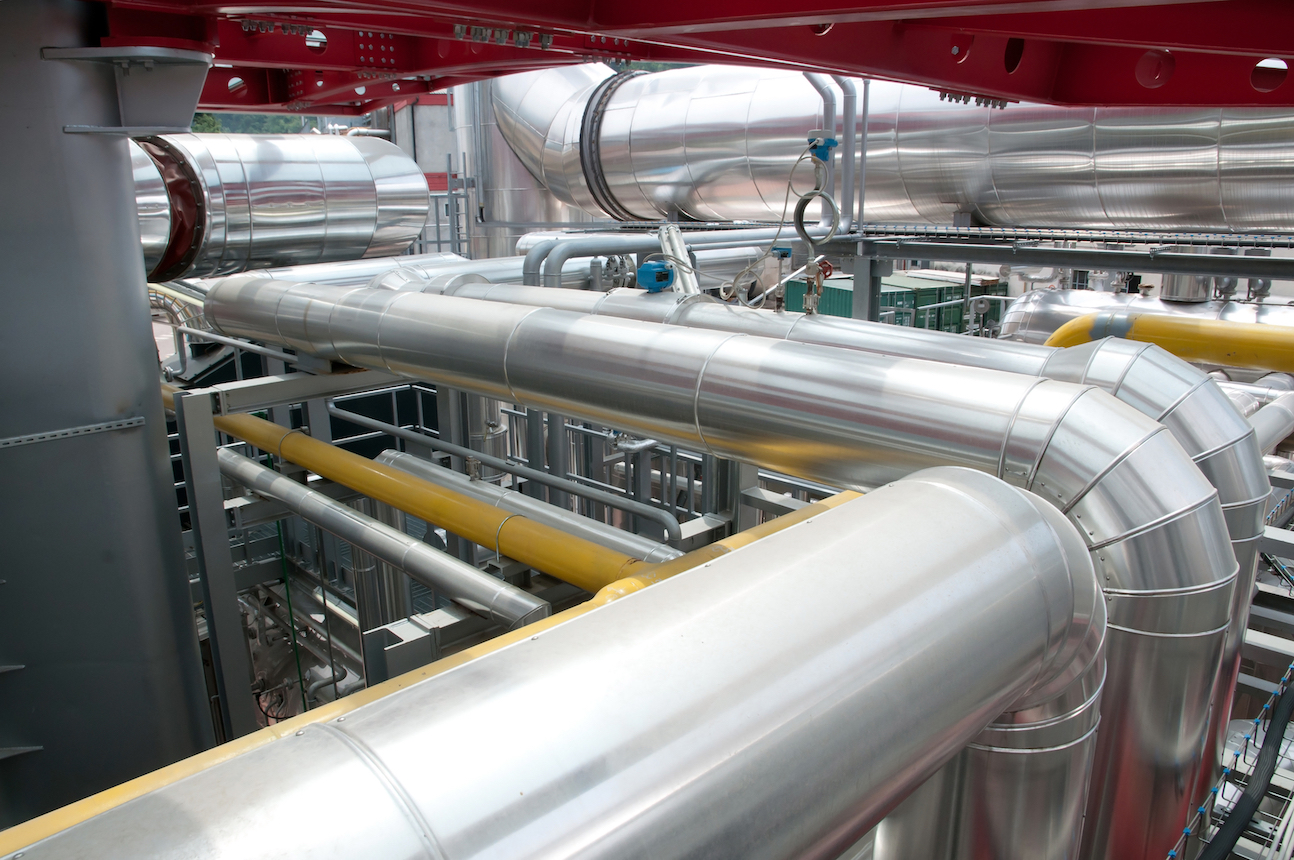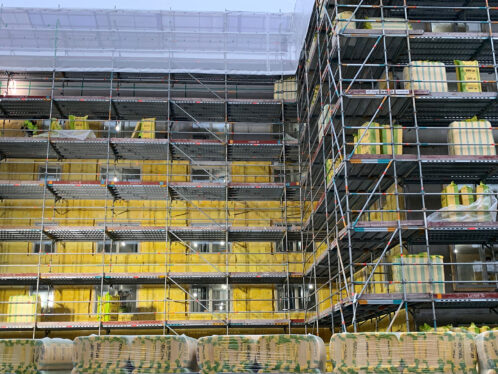
Energy in the air
As its technology improves and costs drop, wind power is becoming the power of choice by utilities and communities throughout the world. It is a clean, affordable alternative to fossil-fuel generation.
Summary
Village power
Wind is seen as a tool to help the 2 billion people worldwide – one-third of humanity – who have no access to other electricity supplies. A number of global aid organisations are funding projects in China, Mongolia, India, Latin America, Africa and similar under-supplied regions. Here “micro wind turbines” are the focus. Producing usually 40 kW or less, these machines are portable, easy to install and can recharge villagers’ batteries or simply electrify nearby homes and farms.
How much power?
A 1 MW wind turbine at a site with average winds will produce 2.3 million kWh of electricity a year. This is enough to power 600 European households over the same time period. Thus, a 40 MW “wind farm” provides enough electricity to power 24,000 homes a year.
As its technology improves and costs drop, wind power is becoming the power of choice by utilities and communities throughout the world. It is a clean, affordable alternative to fossil-fuel generation.
On top of an old coal strip mine in the hills of Garrett, Pennsylvania, stand eight gigantic towers. Twenty stories above the ground on each tubular metal tower spin three enormous, aerodynamic blades, covering an area longer than half a football field. These blades catch the wind, driving the turbines that together churn enough electricity to power 6,000 homes a year.
“Wind farms” like this one are becoming a common sight in some areas of the world. What’s interesting about the one in Garrett, besides the fact it is situated on a defunct fossil-fuel source, is that local electricity consumers demanded it.
Their power company was more than happy to oblige. After all, the wind is free, there’s plenty of it, and it does not pollute the air or produce hazardous wastes as it generates power. Even better, it has proven itself to be a solid investment in recent years and is now able to compete on the bottom line with traditional sources of energy.
With a speed of innovation and development rivalling that of the IT sector, wind was the energy success story of the 1990s. Today it remains the planet’s fastest growing energy source. Global growth has boomed in the past decade, bringing installed capacity from 2,000 megawatts in 1990 to more than 20,000 megawatts by mid-2001. Growth is predicted to continue for another decade at 20 percent a year, according to Denmark’s BTM Consult.
Government targets
Two main factors have contributed to the success of wind power: national policy initiatives and simple economics.
Denmark is a good example. The international oil crisis of the 1970s encouraged that country to consider wind power as an alternative to fossil fuels. A home research centre and manufacturing market developed, and by the early 1980s money incentives were in place for investment and generated power. The country also set a political goal: Denmark wanted 1,000 megawatts of wind turbines installed by 2000.
Incentives were tapered off as goals were adjusted upwards. By 2000, more than 2,300 megawatts of wind turbines were already operating, accounting for 13 percent of the national electricity supply. Now, Denmark wants wind to contribute half the country’s power supply by 2040. Other countries have given wind power a similar endorsement – notably Germany, Spain, Netherlands, the United Kingdom and the United States.
The bottom line
This is where the economics of wind power comes in. At the start of the 1990s, it cost about nine euro cents to produce one kilowatt hour of wind energy. Now, according to the most recent market analysis from BTM Consult, wind-generated power costs around four euro cents per kilowatt hour, making it competitive with most other power-generating sources. Design improvements, better performance and economies of scale from serial production are among the reasons for this trend of decreasing costs. As the European Wind Energy Association points out, today’s ever-larger machines reduce infrastructure costs, since fewer turbines are needed for the same output.
Wind advocates like to include the environmental value of wind – something they say should figure into the overall cost comparison with fossil fuels. In one year, a 750-kilowatt wind turbine at an average wind site can save 1,500 tonnes of carbon dioxide (CO2) that would be emitted from a fossil fuel plant. CO2 is one of the principal “greenhouse gases” said to contribute to climate change, and governments around the world are working to decrease their country’s CO2 emissions.
Challenges
Despite all the good news, wind power faces some big challenges if it is to continue its success. One of these is to convince a sceptic public in many parts of the world of the advantages of wind power. Cost is one of the main misunderstandings, but the market seems to be taking care of that problem on its own. Noise is another problem, but better technology has helped to bring down noise from the windmills considerably in the past few years.
One big challenge is where to site wind turbines. Many communities that are otherwise in favour of green power don’t want wind turbines in their own “backyard.” Wind’s supporters argue that we need power from somewhere, and if the choice is between wind turbines turning on the horizon versus a monstrous smokestack sending fumes into the sky, wind is preferable. While there is still resistance among some groups of people, polls taken in communities with nearby wind turbines in fact show overwhelming support for this alternative.
Other problems include the perceived “intermittency” of wind turbines – they cannot produce power when the wind stops blowing. There is as yet no storage solution for wind-generated electricity, but some savvy developers have found a way around the problem by building wind turbines along with other plants, such as natural gas, that can take over when the wind stops blowing temporarily. Getting wind-generated power from point A to point B is another problem in areas such as Spain and the US Midwest, where transmission lines are either filled to capacity or lacking entirely.
Visions of future
Many indications point towards continued growth in wind power over the next decade, as the focus on global climate change and a need for sustainable energy gains more and more political clout. The speed of development is also catching the attention of utilities in areas that are in dire need of a new power supply, such as the US Northwest. There, thousands of megawatts of wind plants are going up, not only because they are currently the cheapest solution, but also because wind plants are quick to build: A new natural gas facility takes five years of development, whereas a new wind plant can take as little as six months.
The offshore regions are also offering promising solutions to siting. At sea, wind resources are better, and there is plenty of space. There have been a number of test facilities built offshore, and recently commercial plants have come online, such as a 40-megawatt wind farm off the Danish coast near Copenhagen. But while huge plans are in the works that involve thousands of megawatts, the sector is still in its infancy, and work continues on machines that are more suitable for use at sea.
According to BTM Consult, global wind-energy capacity will more than treble, to 58,000 megawatts within five years, and will increase to 145,000 megawatts by 2010. Windpower is a sector that continues to gather momentum and shows great potential for the future.
Jack Jackson
a contributing editor to Windpower Monthly
news magazine and freelance journalist,
based in Aarhus, Denmark
photos Windpowerphotos, Vattenfall and SKF




